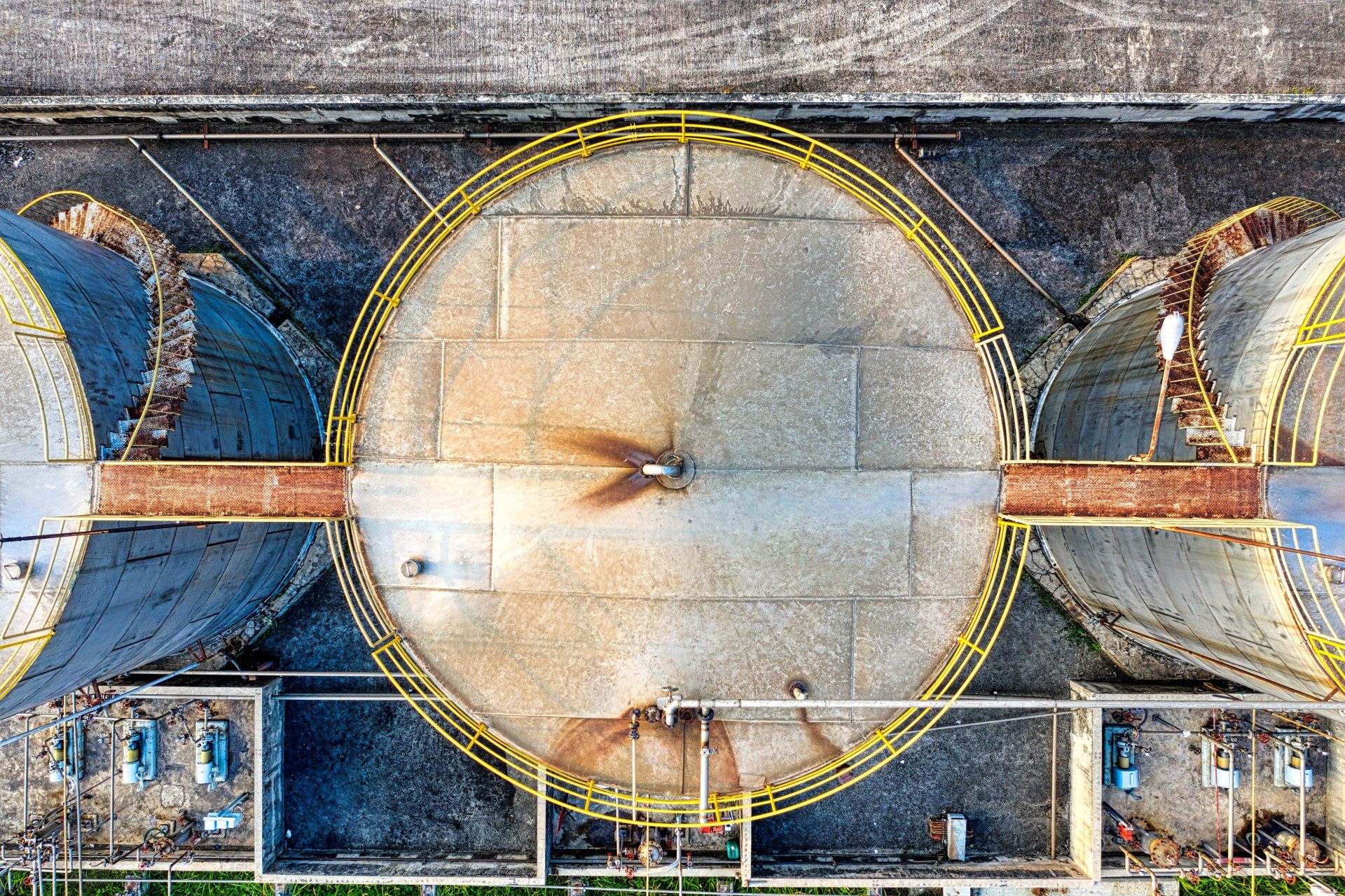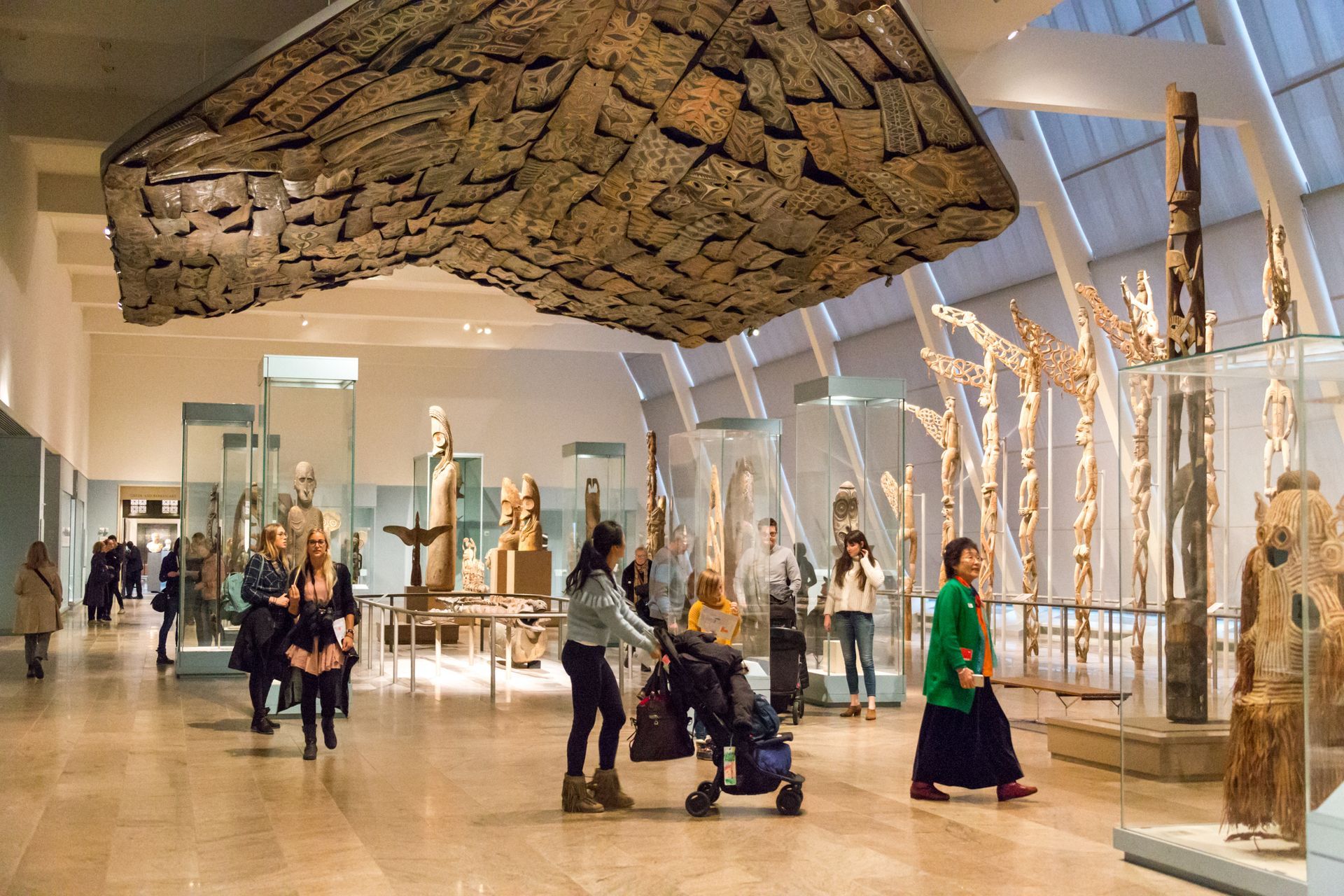Beat the Megadrought: Solutions for Your Lawn
The California megadrought is the worst in over 1000 years and, despite the high water costs facing Californians, an alarming number still have not replaced their lawns or considered low-water solutions. While the state is facing the dire impacts of an unprecedented water crisis, it is concerning to think that many have yet to make more responsible landscaping choices to help conserve water. Not only would replacing lawns with drought-resistant vegetation cut down on unnecessary water consumption, it could also save homeowners money in the long run. It's time for Californians to confront the challenge of this dry era and recognize that small individual changes can make a big collective difference.
From Shawn Maestretti’s “lasagna mulching” process to Flora Grubb’s suggestion of removing grass entirely, we’ll explore various ways to beat the drought and transform your outdoor space.
Maestretti is an avid gardener and landscaper who has developed a process called “lasagna mulching." The process involves covering existing turf with cardboard and then adding layers of organic material like straw or wood chips on top. This helps build healthy soil without completely ripping out the turf. The benefits of this approach include reduced water consumption and improved nutrient content in the soil.
Gardening expert Flora Grubb, however, suggests removing the lawn entirely in favor of other ground cover plants that require less water than grass. In addition to reducing water consumption, replacing lawns with drought-tolerant plants can also help reduce air pollution from gas-powered mowers.
If you're looking for a way to spruce up your outdoor space and ease the burden on water utilities, switching out your lawn for more eco-friendly alternatives is an excellent option. Major landscaping overhauls can be costly, however many water districts are offering financial support in the form of rebates to homeowners who replace their grass with native vegetation or drought-resistant plants. Through the adoption of these more climate-associated plantings, not only can we improve our own immediate environment aesthetically, but also make supportive contributions towards protecting overall biodiversity while saving natural resources on a larger scale.
Contrary to popular belief, low-water gardens don't have to be just cactuses and stones—they can be lush and beautiful too! Gardeners who have made the switch report having flowers that bloom year-round as well as more wildlife like bees, birds, squirrels, and lizards visiting their gardens. Moreover, there are plenty of different styles of low-water gardens including Mediterranean gardens, cottage gardens, meadow gardens, desert gardens, etc., so you're sure to find something that fits your aesthetic preferences.
California's megadrought is no joke—it affects everyone living in the state regardless of income or social status. Luckily, there are several solutions available if you're looking to replace your lawn with a low-water garden. From Shawn Maestretti's "lasagna mulching" process to Flora Grubb's suggestion of removing grass entirely (and everything in between), we've explored how you can beat the drought while still having a beautiful outdoor space that will attract wildlife all year round! So what are you waiting for? Get started today!






